New York City Mayor Bill de Blasio recently announced guidance for restaurants planning to provide comfort heating for customers dining outdoors during the fall and winter months. Heating options include electric radiant heaters, natural gas radiant heaters and portable heaters…
Tag: Renewable Energy
A renewable solution to keep cool in a warming world
A new study explored the pros and cons of seawater air-conditioning as an alternative cooling solution.
UAlbany Partners on New Weather Forecasting Tool for New York Utilities
UAlbany is partnering to create a new weather forecasting tool that will offer real-time predictions on storm outages, electrical load and renewable energy generation.
Engineer aids NYS solar goals, helps energy and agriculture coexist
Cornell University engineering professor Max Zhang has been awarded a NYSERDA grant to determine efficient solar farm array configurations so the state can avoid land-use conflicts or spoiling precious agricultural space.
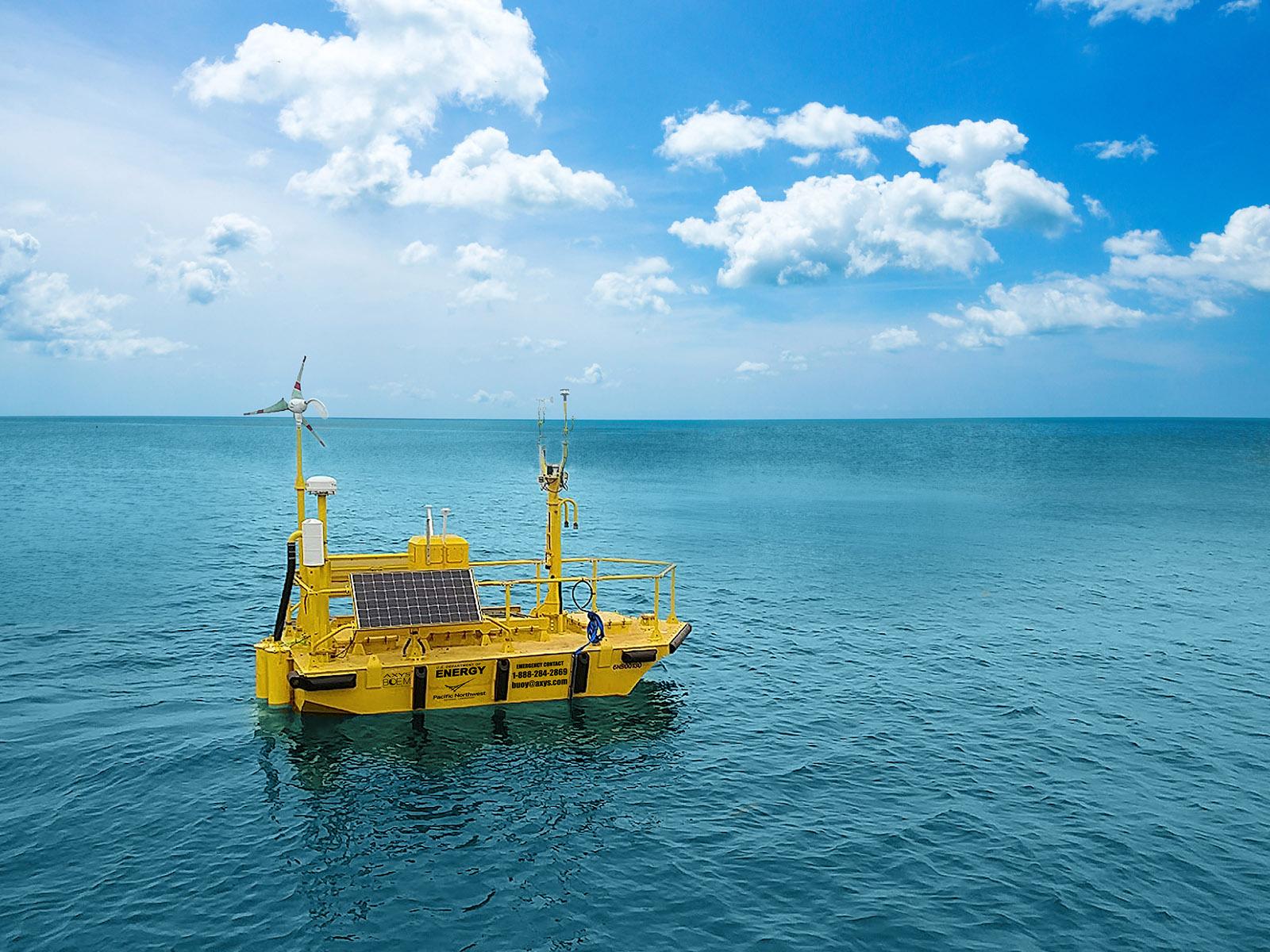
Offshore Wind Research Buoys Float into California’s Waters
PNNL has deployed (10/8/20) two research buoys in waters off the West Coast for the first time in deep water, supporting a U.S. Department of Energy and Bureau of Ocean Energy Management effort to gather measurements that support offshore wind locations and technologies.
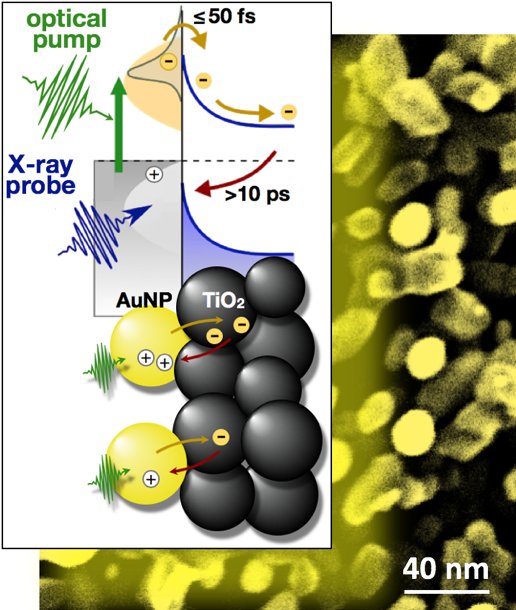
Scientists Capture Candid Snapshots of Electrons Harvesting Light at the Atomic Scale
A team of scientists led by Berkeley Lab has gained important new insight into electrons’ role in the harvesting of light in artificial photosynthesis systems.

University of Utah reaches 71% renewable energy
A new solar energy contract drastically reduces the University of Utah’s carbon footprint. The new solar contract will bring the university to 71% of all electrical energy coming from renewable sources.

Taking Stock of Salmon Survival, Dams and Science
PNNL biologists have developed a more efficient way to estimate salmon survival through dams that uses solid science but saves over 42 percent of the cost.
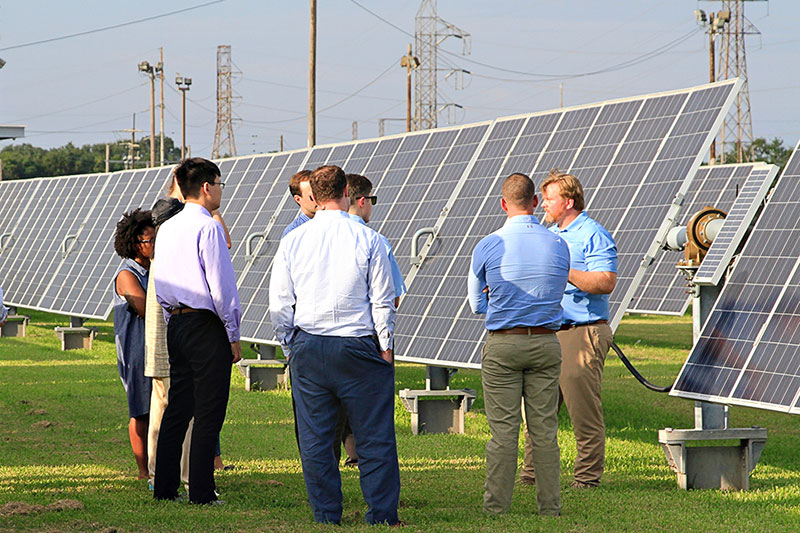
Tulane University launches new degree program in renewable energy
With the growing role of renewables in the nation’s energy mix, Tulane University’s A. B. Freeman School of Business has launched a program to teach students how to bring renewable and sustainable energy projects from concept to completion.

Argonne scientists create water filtration membranes that can clean themselves
Scientists at the Department of Energy’s Argonne National Laboratory have designed a new, low-cost means to address membrane fouling through the application of a light-activated coating that can make the membrane self-cleaning.
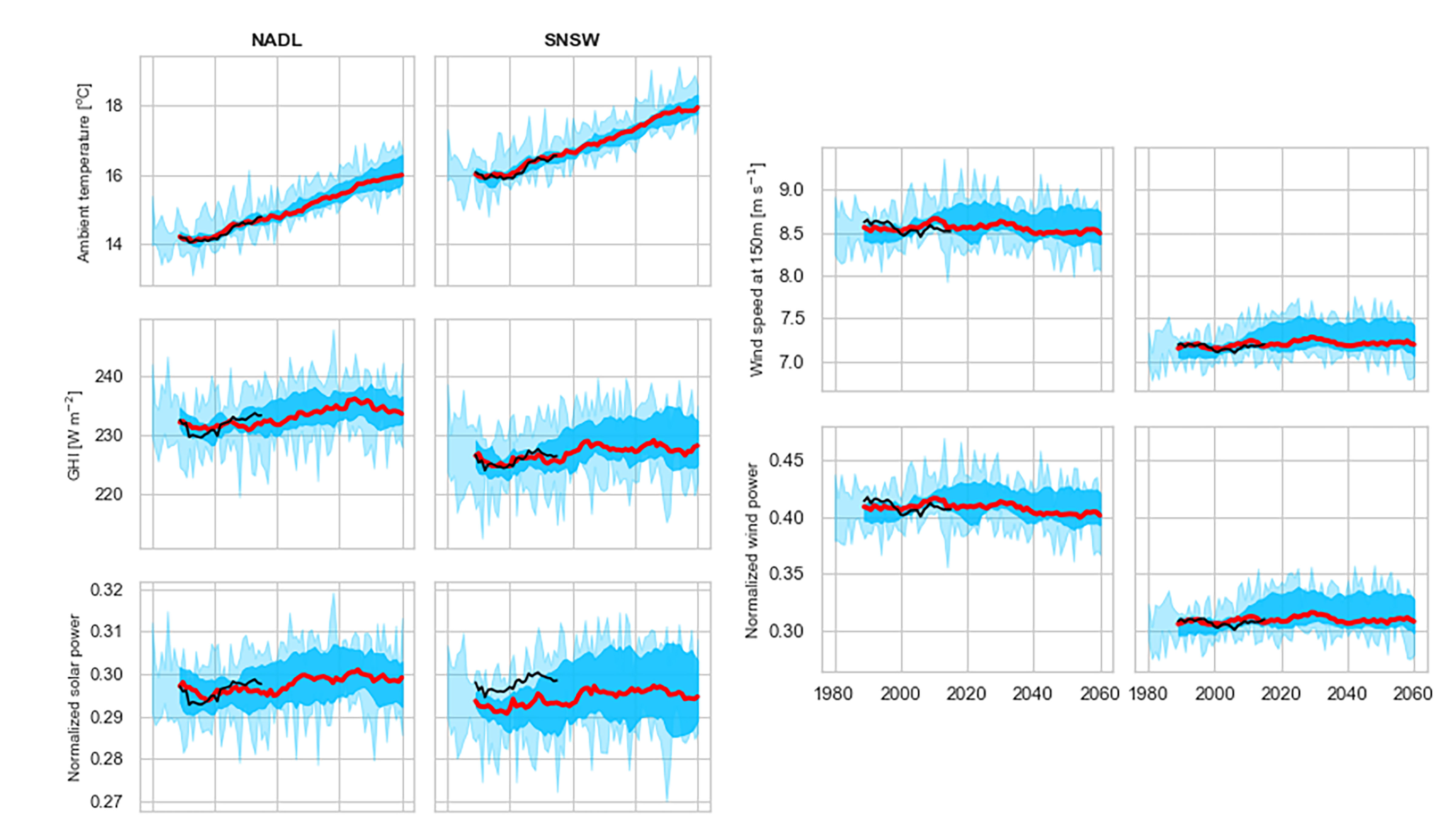
Climate Change Impact on Green Energy Production
As the climate of the planet is changing, many researchers are looking to more renewable energy sources. In the Journal of Sustainable and Renewable Energy, researchers investigate whether the power generated by solar and wind farms would differ between current and future climates. The researchers focused on sites in Australia where variable renewable generators are located or are likely to be located in the future based on the Australian Energy Market Operator’s system plan.
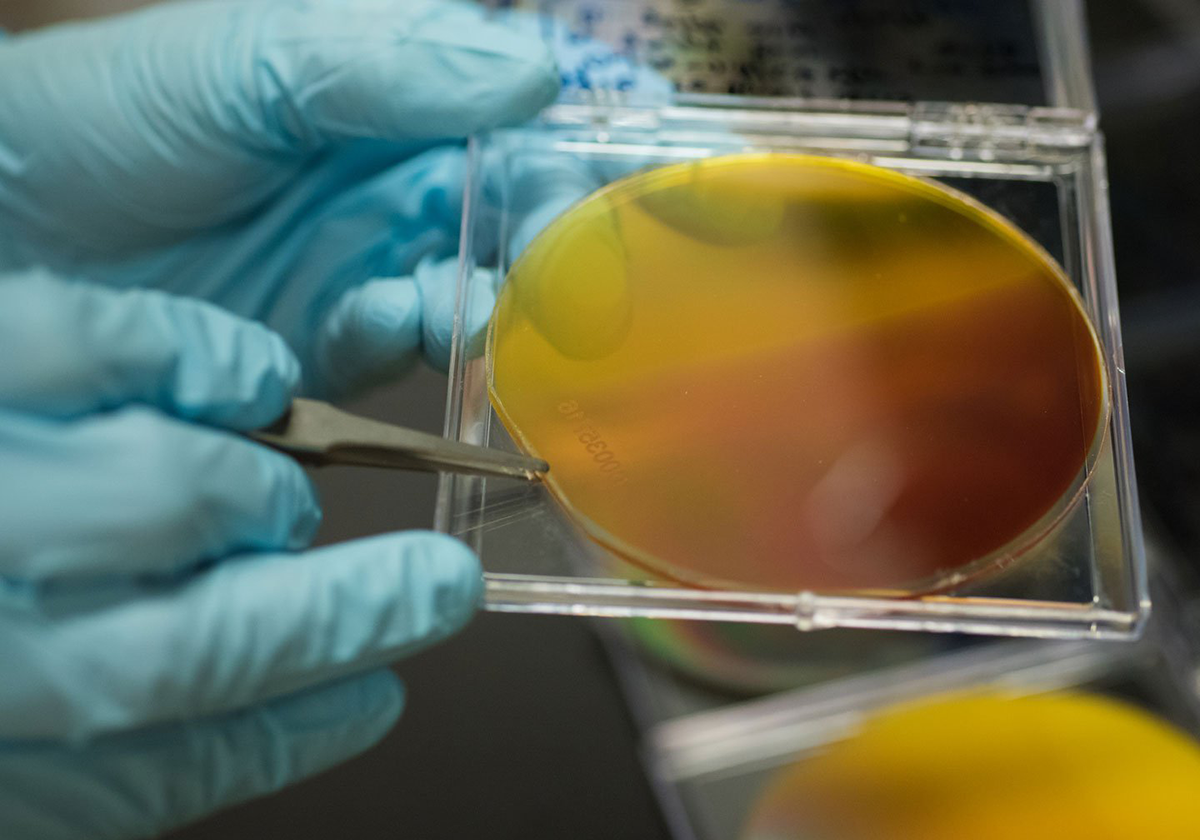
Berkeley Lab Part of Multi-Institutional Team Awarded $60M for Solar Fuels Research
The Department of Energy has awarded $60 million to a new solar fuels initiative – called the Liquid Sunlight Alliance (LiSA) – led by Caltech in close partnership with Berkeley Lab. LiSA will build on the foundational work of the Joint Center for Artificial Photosynthesis (JCAP).

The Secret to Renewable Solar Fuels is an Off-and-On Again Relationship
Copper that was once bound with oxygen is better at converting carbon dioxide into renewable fuels than copper that was never bound to oxygen, according to scientists at Berkeley Lab and Caltech.

Customizable smart window technology could improve energy efficiency of buildings
Scientists combined solar cell technology with a novel optimization approach to develop a smart window prototype that maximizes design across a wide range of criteria.
Newer Solar Power Equipment Ages Better Than Older Units
Utility-scale photovoltaics are the largest sector of the overall solar market within the U.S. and the fastest-growing form of renewable power generation, and this fleet of utility-scale photovoltaic projects is relatively young and hasn’t been operating long enough to establish a lengthy history of operational field service. In the Journal of Renewable and Sustainable Energy, researchers assess the performance of 411 utility-scale photovoltaic projects built within the U.S. from 2007 through 2016.
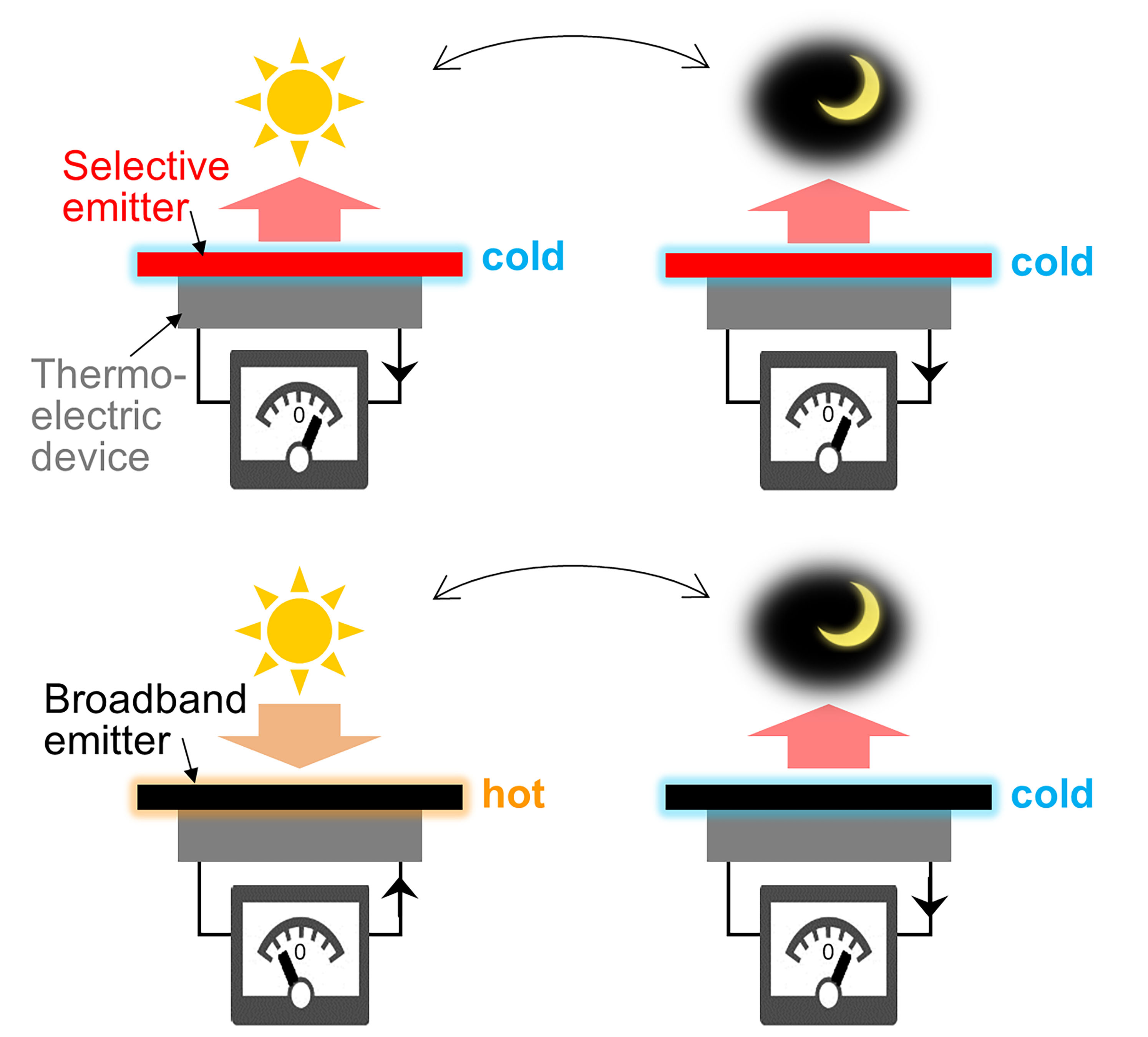
Cooling Mechanism Increases Solar Energy Harvesting for Self-Powered Outdoor Sensors
Thermoelectric devices, which use the temperature difference between the top and bottom of the device to generate power, offer some promise for harnessing naturally occurring energy. In Applied Physics Letters, authors tested a device made up of a wavelength-selective emitter that constantly cools the device during the day using radiative cooling. As a result, the top of the device is cooler than the bottom, causing a temperature difference that creates constant voltage through day and night and various weather conditions.

Marine Energy Devices Likely Pose Minimal Impacts to Marine Life, Report Shows
On World Oceans Day, an international team of marine scientists reports that the potential impact of marine renewable energy to marine life is likely small or undetectable, though there is still uncertainty around some issues.

Deep learning system will monitor birds at solar facilities
The U.S. Department of Energy’s (DOE) Argonne National Laboratory has been awarded $1.3 million from DOE’s Solar Energy Technologies Office to develop technology that can cost-effectively monitor avian interactions with solar energy infrastructure.
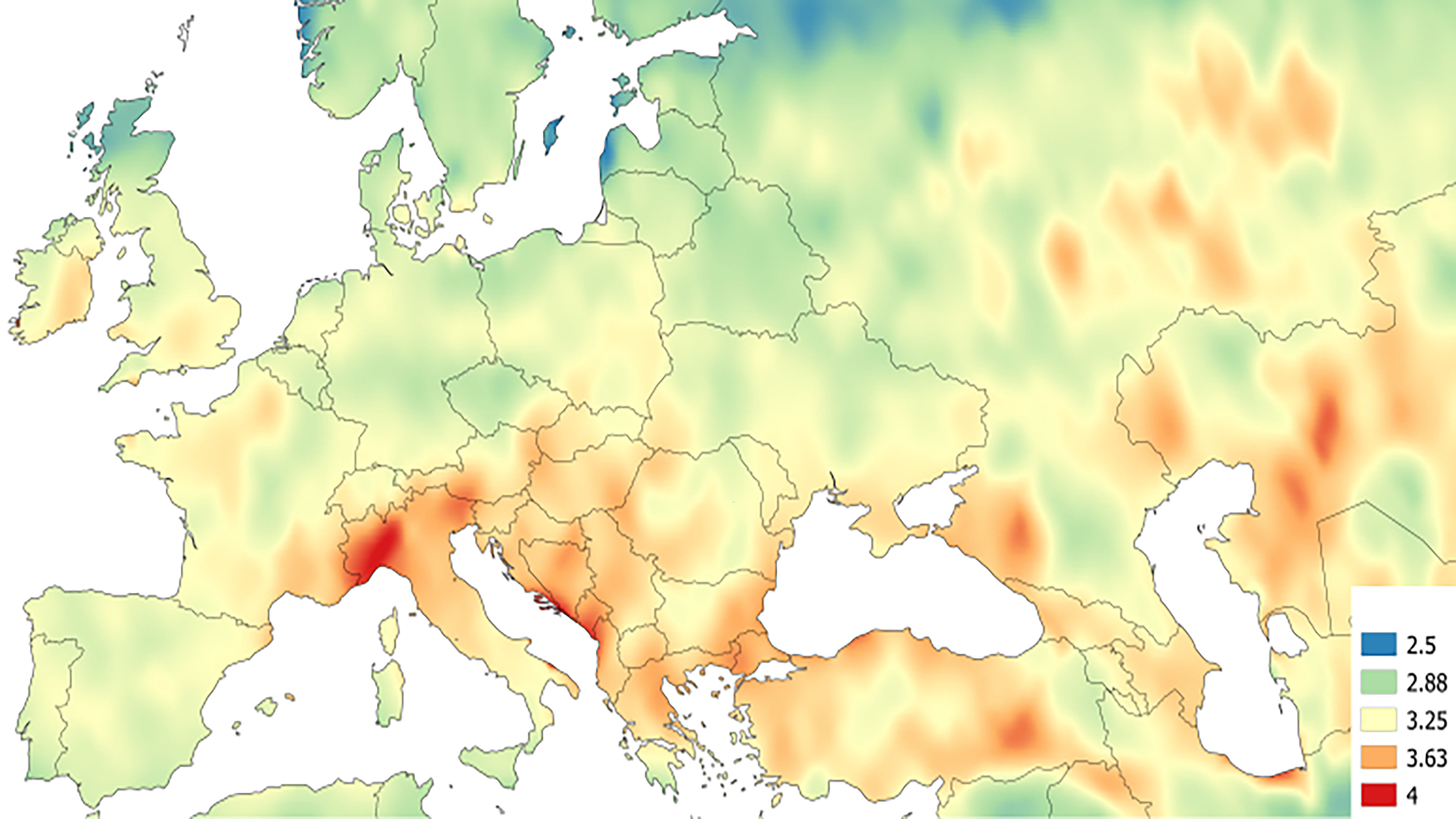
Finding Balance Between Green Energy Storage, Harvesting
Generating power through wind or solar energy is dependent on the abundance of the right weather conditions, making finding the optimal strategy for storage crucial to the future of sustainable energy usage. Research published in the Journal of Renewable and Sustainable Energy identifies key indicators that will help achieve balance between green energy storage capacity and harvesting capability and determine the energy potential of a region.
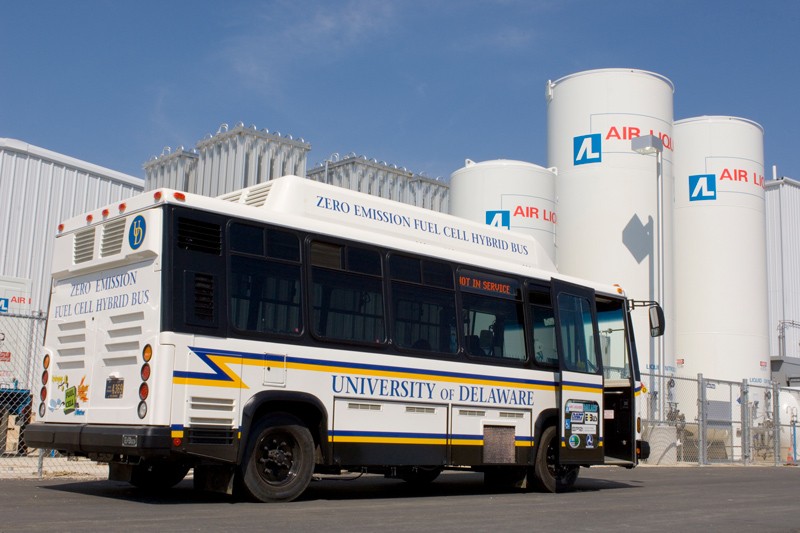
RENEWABLE ENERGY ADVANCE
In order to identify materials that can improve storage technologies for fuel cells and batteries, you need to be able to visualize the actual three-dimensional structure of a particular material up close and in context. Researchers from the University of Delaware’s Catalysis Center for Energy Innovation (CCEI) have done just that, developing new techniques for characterizing complex materials.
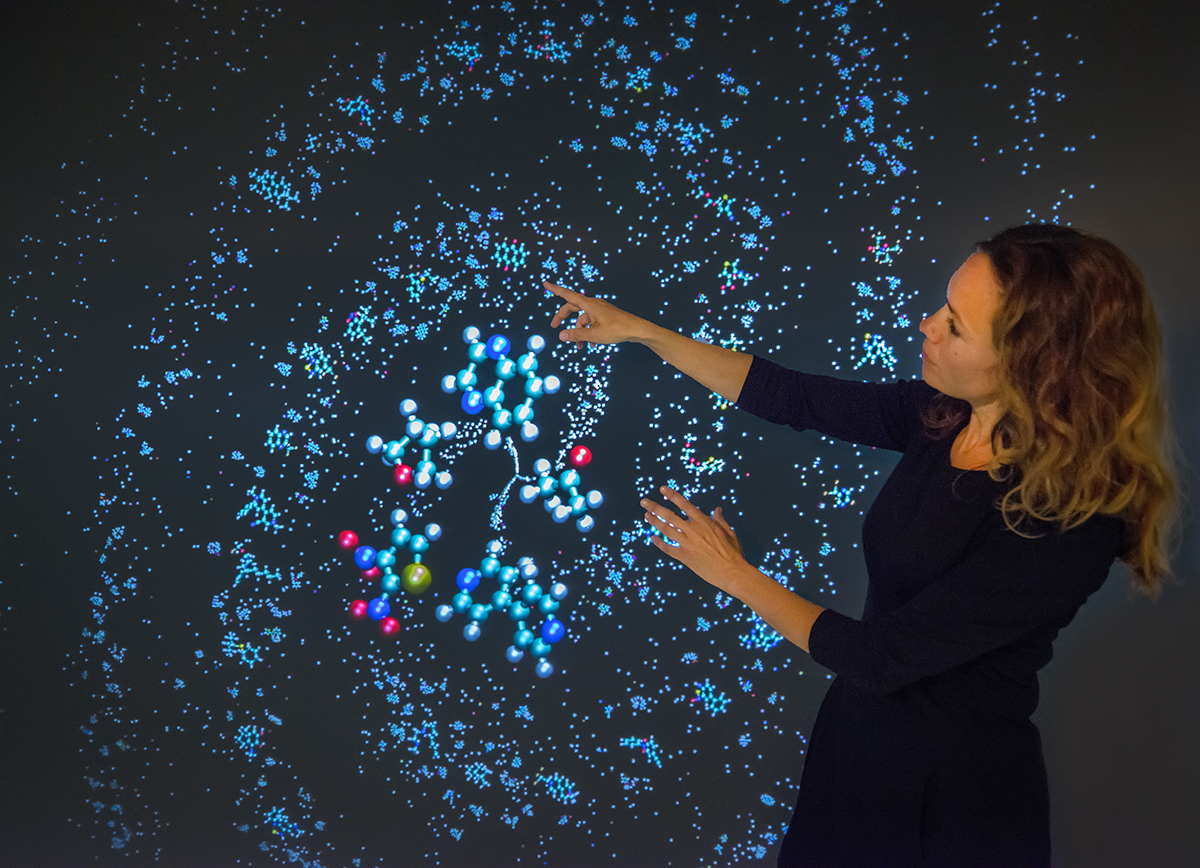
Making a Material World Better, Faster Now: Q&A With Materials Project Director Kristin Persson
Berkeley Lab’s Kristin Persson shares her thoughts on what inspired her to launch the Materials Project online database, the future of materials research and machine learning, and how she found her own way into a STEM career.
Exploring the impacts of climate change on hydropower production
A new study investigated the impacts of different levels of global warming on hydropower potential and found that this type of electricity generation benefits more from a 1.5°C than a 2°C climate scenario.
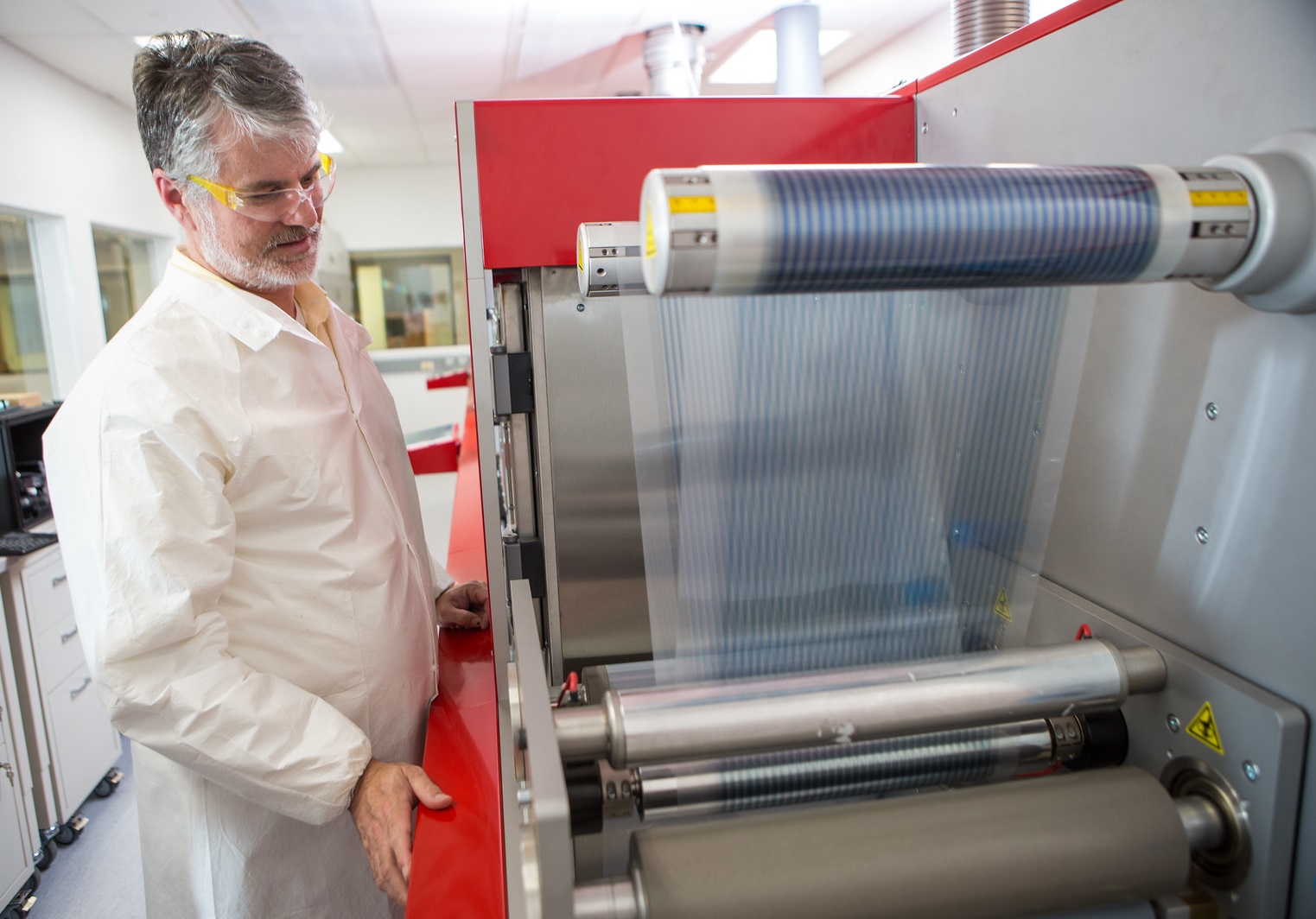
Solar researchers across country join forces with industry to boost U.S. solar manufacturing
The University of Washington, the National Renewable Energy Laboratory, the University of North Carolina at Chapel Hill and the University of Toledo have formed the U.S. Manufacturing of Advanced Perovskites Consortium to accelerate the domestic commercialization of perovskite technologies.
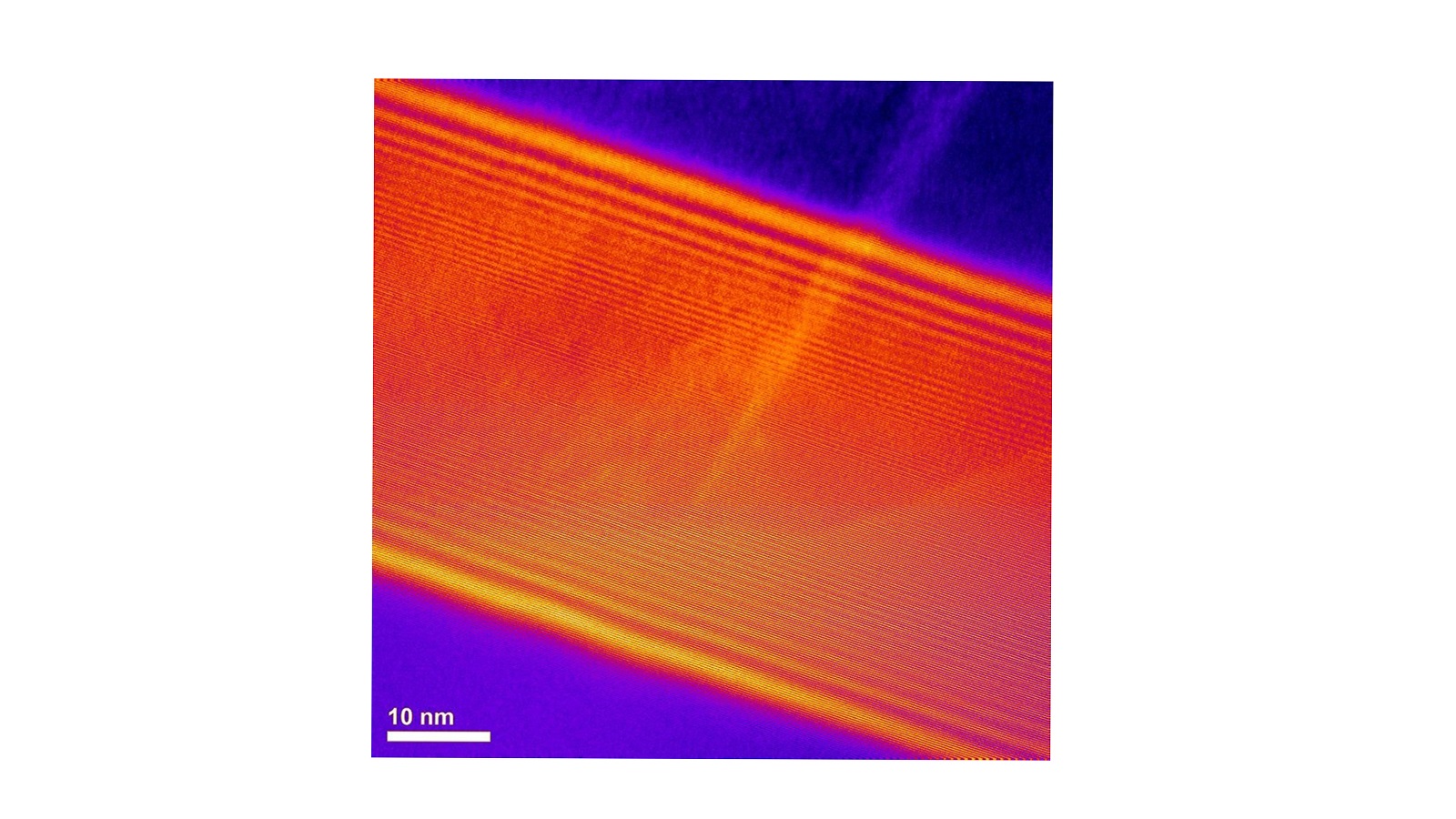
Scientists uncover major cause of resistance in solid electrolytes
Scientists investigated grain boundaries in a solid electrolyte at an unprecedentedly small scale. The resulting insights provide new avenues for tuning chemical properties in the material to improve performance.
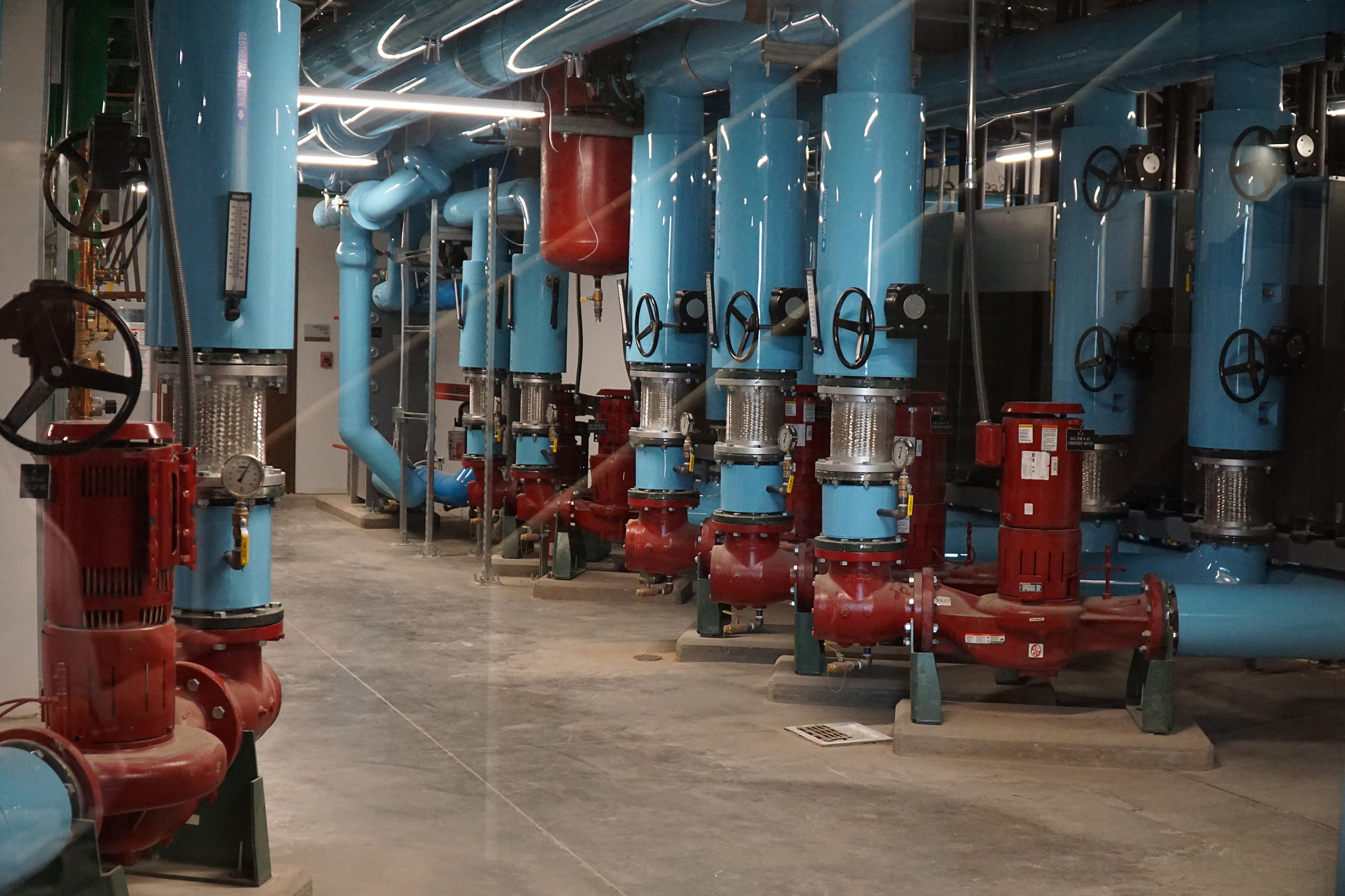
University of Utah exceeds federal energy reduction commitment
The U.S. Department of Energy confirmed the University of Utah has exceeded its goal to reduce energy use by 20 percent by 2020, as part of the Department of Energy’s Better Buildings Challenge. The U achieved energy savings of 25% across 17 million square feet of building space since 2008, the base year for the commitment.
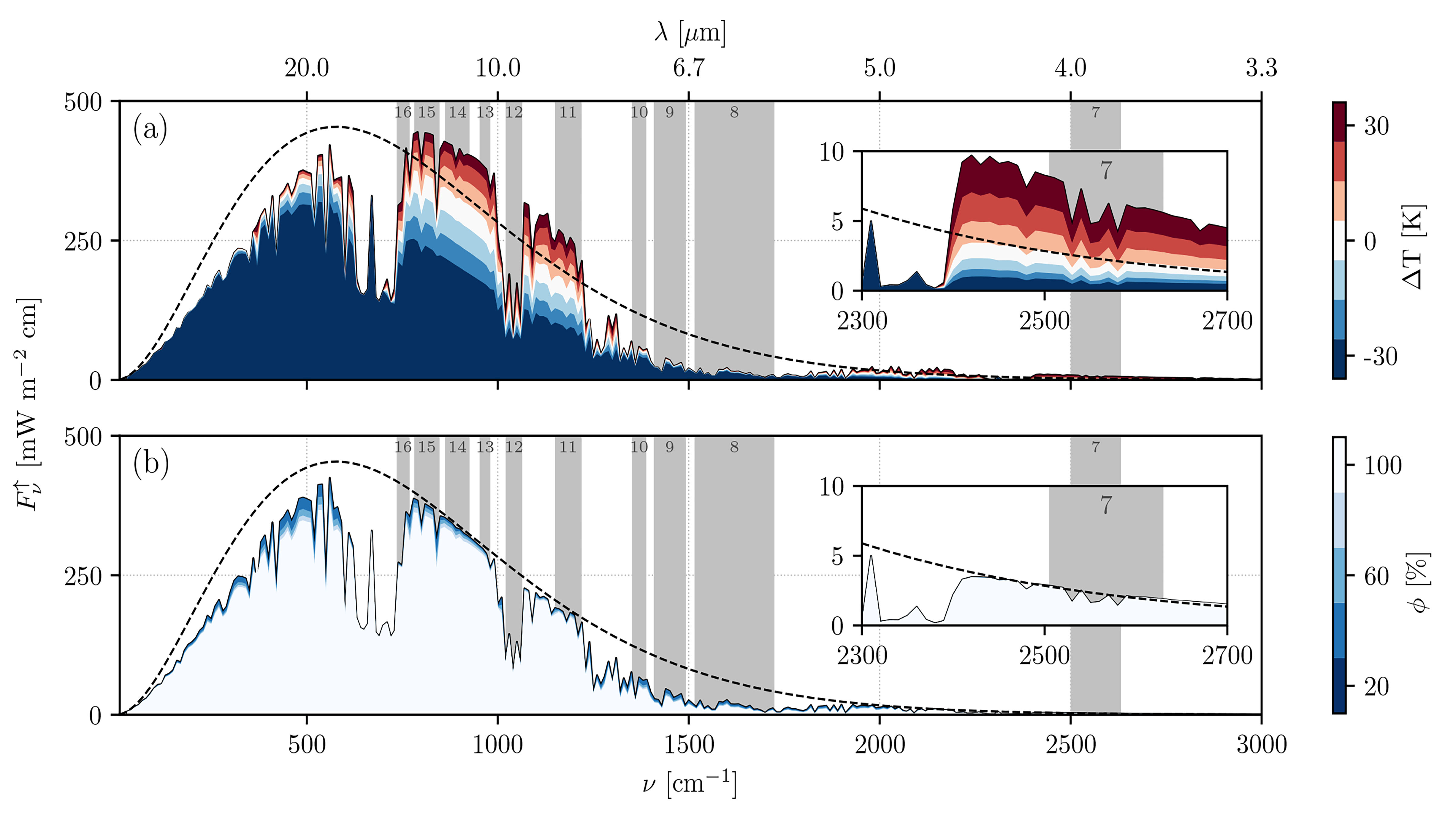
Solar Power Plants Get Help from Satellites to Predict Cloud Cover
Cloud cover is often characterized in simple terms, such as cloudy, partly cloudy or clear. This does not provide accurate information for estimating the amount of sunlight available for solar power plants. In this week’s Journal of Renewable and Sustainable Energy, a new method is reported for estimating cloud optical properties using data from recently launched satellites. This new technique is known as Spectral Cloud Optical Property Estimation, or SCOPE.
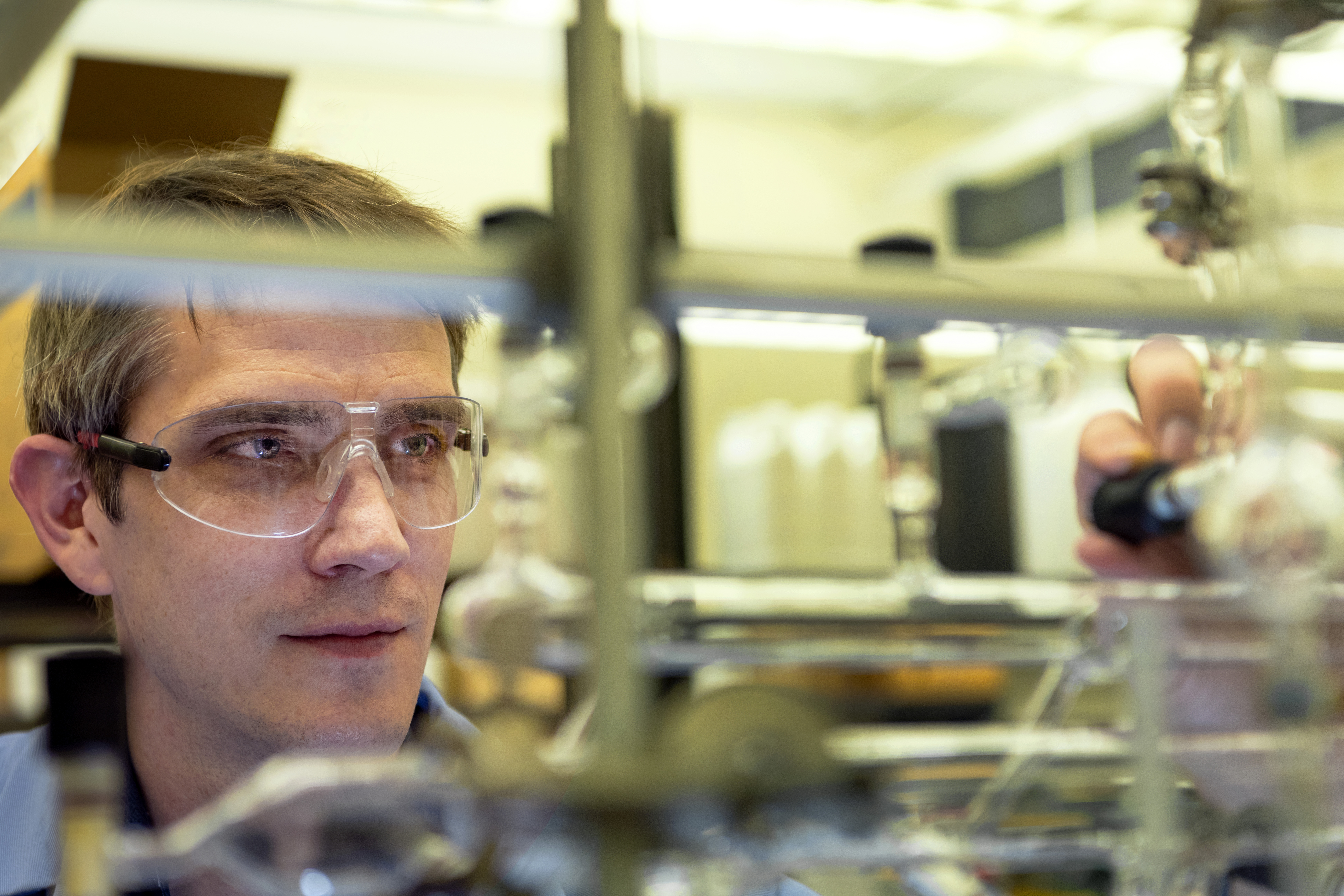
Illuminating the future of renewable energy
A new chemical compound created by WVU chemists is lighting the way for renewable energy.

Americans used less energy in 2019
In 2019, Americans used less energy than in 2018, according to the most recent energy flow charts released by Lawrence Livermore National Laboratory (LLNL).

Preparing for exascale: Eliminating disruptions on the path to sustainable fusion energy
With the world’s most powerful path-to-exascale supercomputing resources at their disposal, William Tang and colleagues are combining computer muscle and AI to eliminate disruption of fusion reactions in the production of sustainable clean energy.
Renewables take a blow from coronavirus, but recovery expected
Wind, solar and battery industries have suffered with the spread of the coronavirus and reports from industry leaders forecast cutbacks and erasing of growth. John Tobin is professor of practice at the SC Johnson College of Business at Cornell University,…

Nature-Inspired Green Energy Technology Clears Important Development Hurdle
A new design has put the long-sought idea of artificial photosynthesis within reach
How communication about environmental issues can bridge the political divide
A relatively new theory that identifies universal concerns underlying human judgment could be key to helping people with opposing views on an issue coax each other to a different way of thinking, new research suggests.
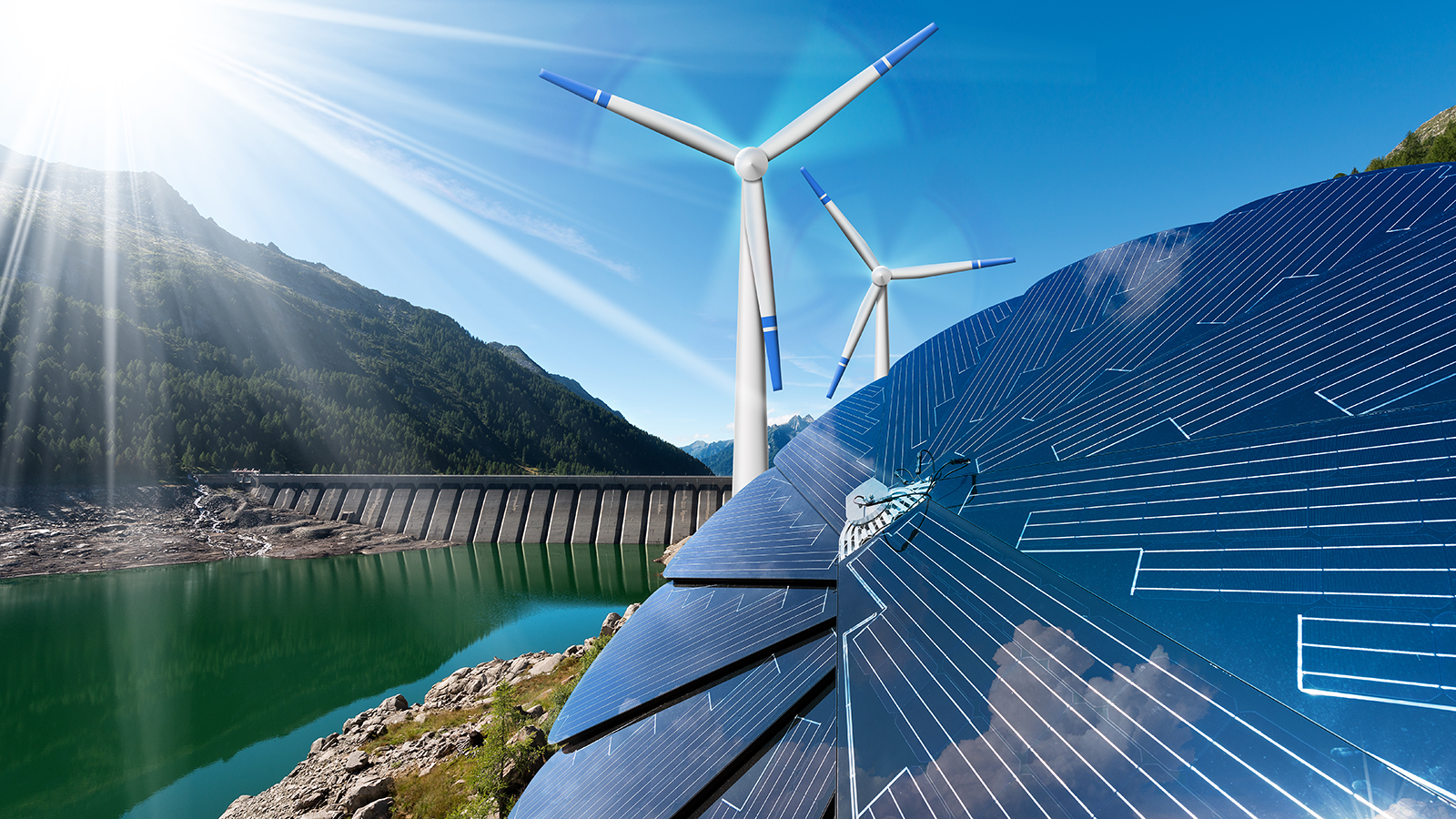
Argonne researchers focus on grid cybersecurity to pave the way for a clean energy future
Distributed energy resources use electronics to communicate with each other or with a control center. Yet this presents opportunities for cyber attacks that could become real threats to the electric power system. Argonne experts are developing ways to protect power systems from these threats before they can occur.
Quadrupling turbines, U.S. can meet 2030 wind-energy goals
The United States could generate 20% of its electricity from wind within 10 years, without requiring any additional land, according to Cornell University research published in Nature Scientific Reports.
Could water solve the renewable energy storage challenge?
Seasonally pumped hydropower storage could provide an affordable way to store renewable energy over the long-term, filling a much needed gap to support the transition to renewable energy, according to a new study from IIASA scientists.

How to Make it Easier to Turn Plant Waste into Biofuels
Researchers have developed a new process that could make it much cheaper to produce biofuels such as ethanol from plant waste and reduce reliance on fossil fuels. Their approach, featuring an ammonia-salt based solvent that rapidly turns plant fibers into sugars needed to make ethanol, works well at close to room temperature, unlike conventional processes, according to a Rutgers-led study in the journal Green Chemistry.
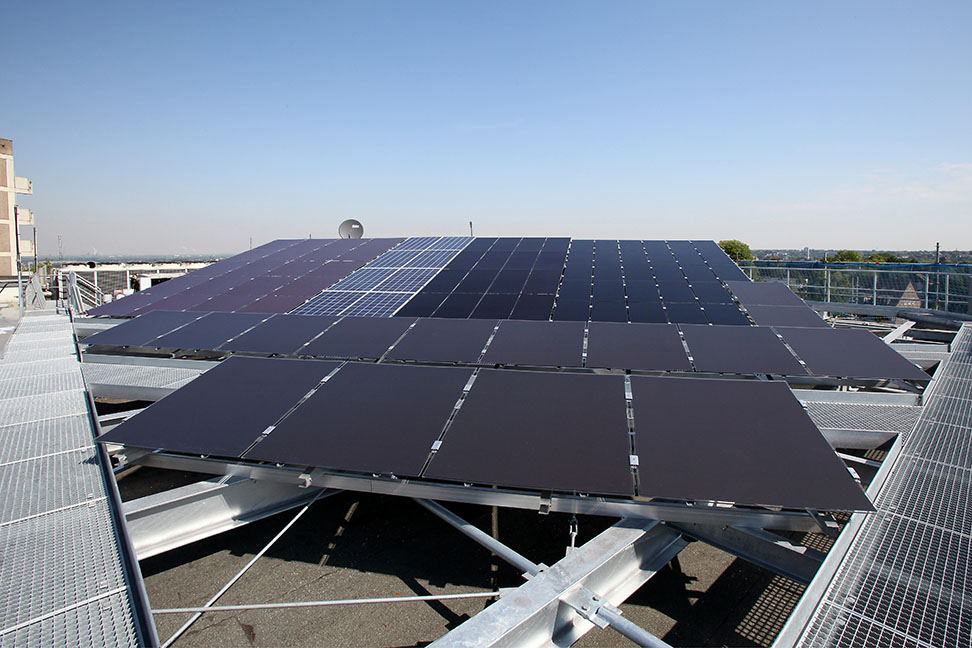
Tests Measure Solar Panel Performance Beyond Established Standards
In testing solar panels, the sun’s intensity, the spectral composition and the angle of light are important factors in understanding why certain panels are successful and others degrade more quickly. To address the knowledge gap in degradation mechanisms for various photovoltaic types, researchers performed tests over five years in which they collected weather data and panel performance information. The results are published in the Journal of Renewable and Sustainable Energy.
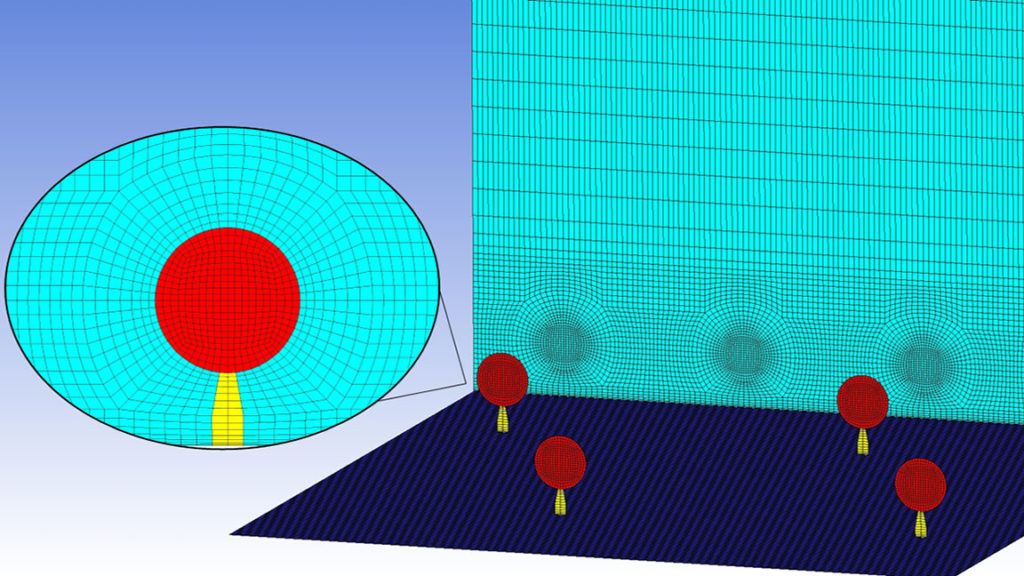
Supporting Structures of Wind Turbines Contribute to Wind Farm Blockage Effect
Much about the aerodynamic effects of larger wind farms remains poorly understood. New work in this week’s Journal of Renewable and Sustainably Energy looks to provide more insight in how the structures necessary for wind farms affect air flow. Using a two-scale coupled momentum balance method, researchers theoretically and computationally reconstructed conditions that large wind farms might face in the future, including the dampening effect that comes with spacing turbines close to one another.
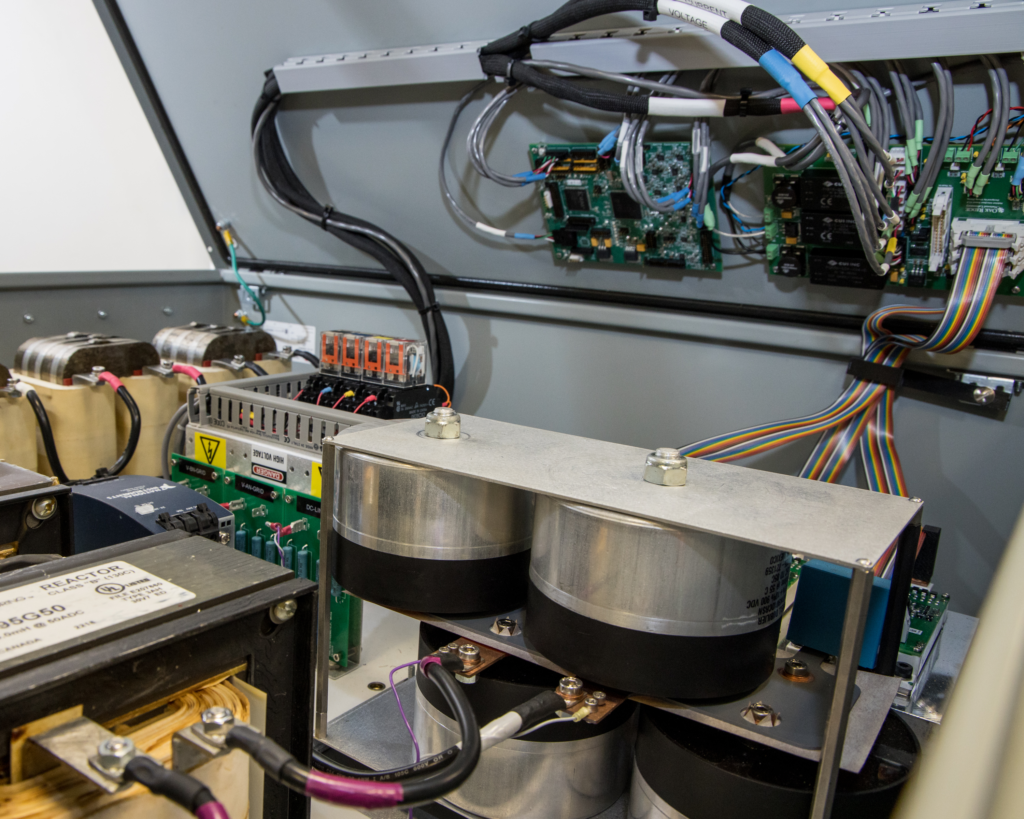
Second act: Used electric vehicle batteries charge up the grid
Researchers at Oak Ridge National Laboratory have developed an innovative control system for repurposed electric vehicle battery packs to store electricity for home use and are scaling up the technology to a large, power grid-level project.

Saving Bats from Wind Turbine Death
Wind energy holds great promise as a source of renewable energy, but some have wondered addressing climate change has taken precedence over conservation of biodiversity. Wind turbines, for example, kill some birds, and the fatality rate for bats is even higher. In the Journal of Renewable and Sustainable Energy, scientists report the results of a survey of stakeholders in the wind energy field about attitudes toward the relative emphasis on climate change versus biodiversity issues.

Maintaining reliability, resilience while integrating renewable energy
Energy generated by solar panels and wind turbines interfaces to the electricity grid using power electronic converters—but how will these converter-based and traditional-based control systems interact to ensure voltage and frequency stability?
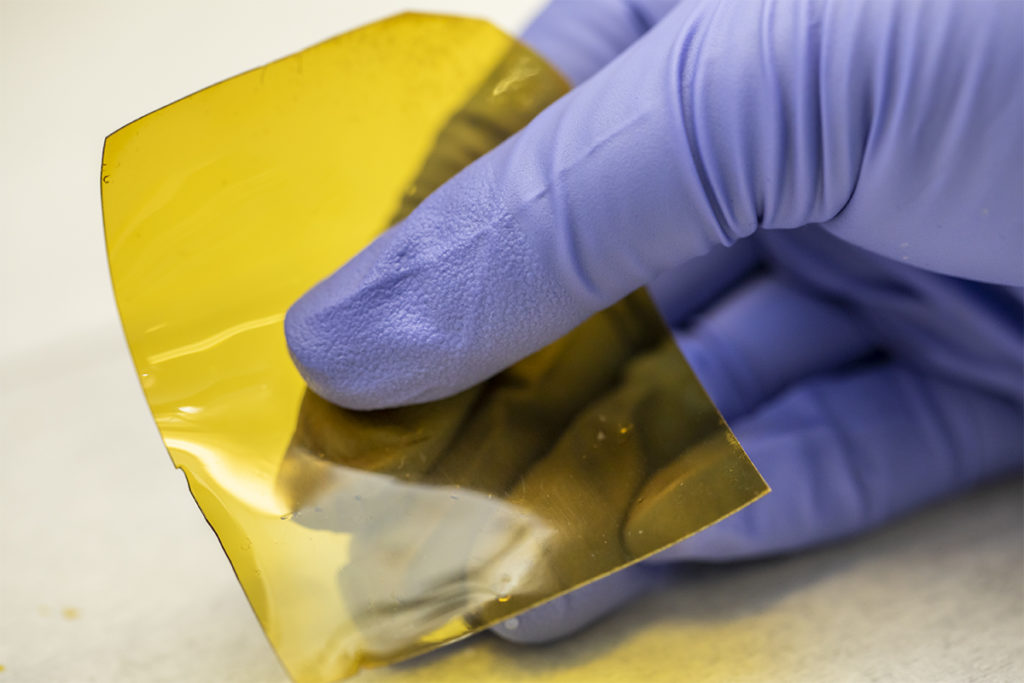
Go With the Flow: Scientists Design New Grid Batteries for Renewable Energy
Scientists at Berkeley Lab have designed an affordable ‘flow battery’ membrane that could accelerate renewable energy for the electrical grid.

Argonne and University of Illinois to form hydrogen fuel cell coalition
Argonne and University of Illinois announce intent to form the Midwest Hydrogen and Fuel Cell Coalition.

ECS President Congratulates 2019 Nobel Prize in Chemistry Winners
Christina Bock, ECS Board president, congratulated John B. Goodenough, M. Stanley Whittingham, and Akira Yoshino on receiving the 2019 Nobel Prize in Chemistry “for the development of lithium-ion batteries.” The long term Society members published important research papers in the ECS Journal. Goodenough and Whittingham are ECS Fellows.
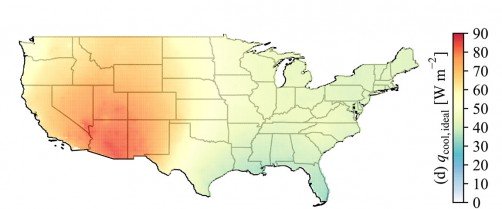
Which Climates Are Best for Passive Cooling Technologies?
If you guessed locations with drier atmospheres and frequent clear skies, you’re right. WASHINGTON, D.C., June 25, 2019 — A group of University of California, San Diego researchers set out to gain a better understanding of the thermal balance of…